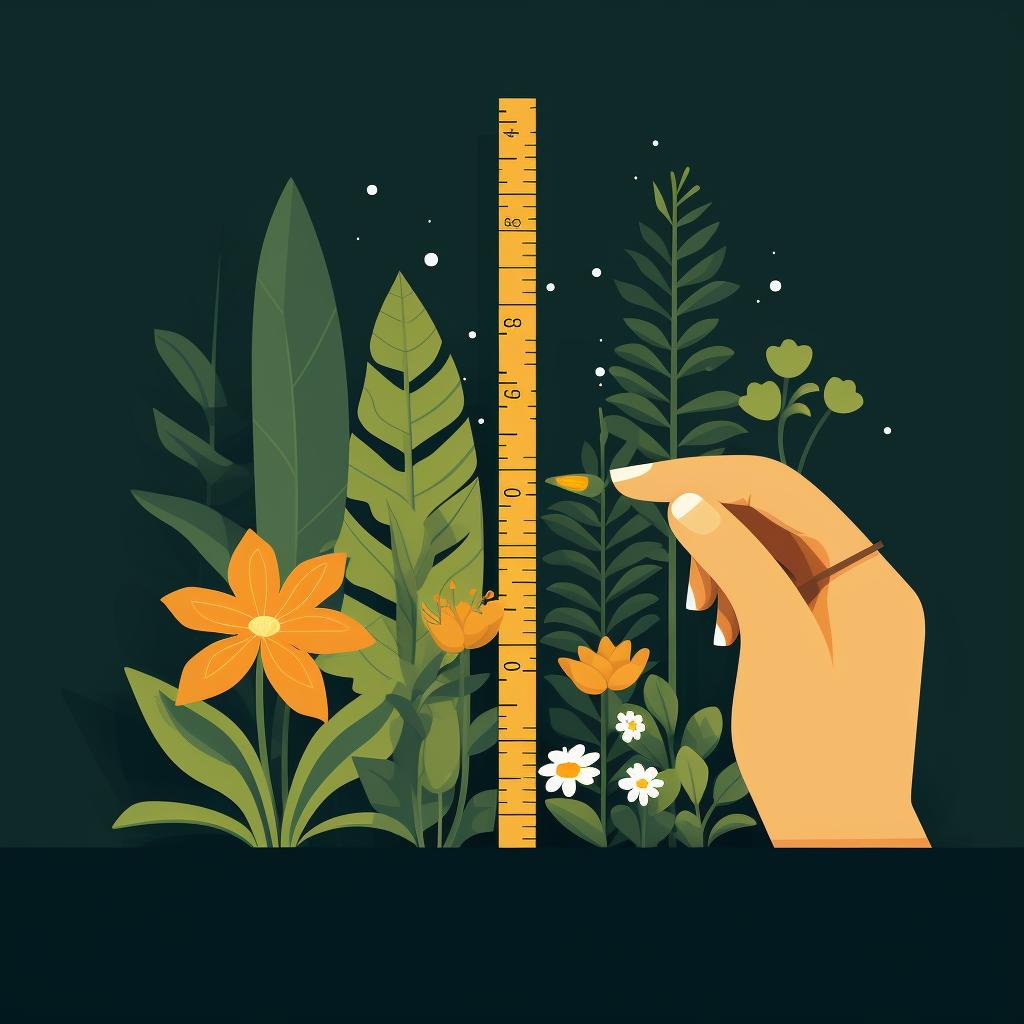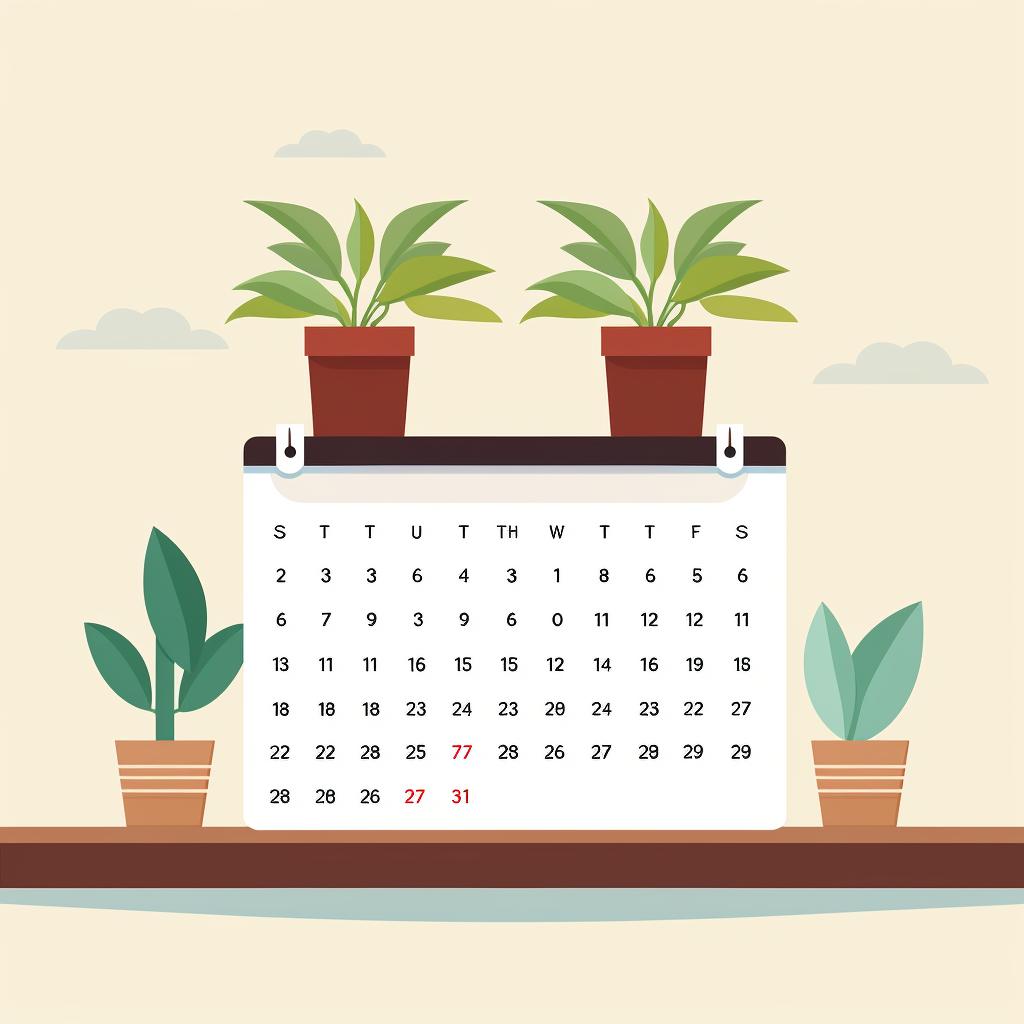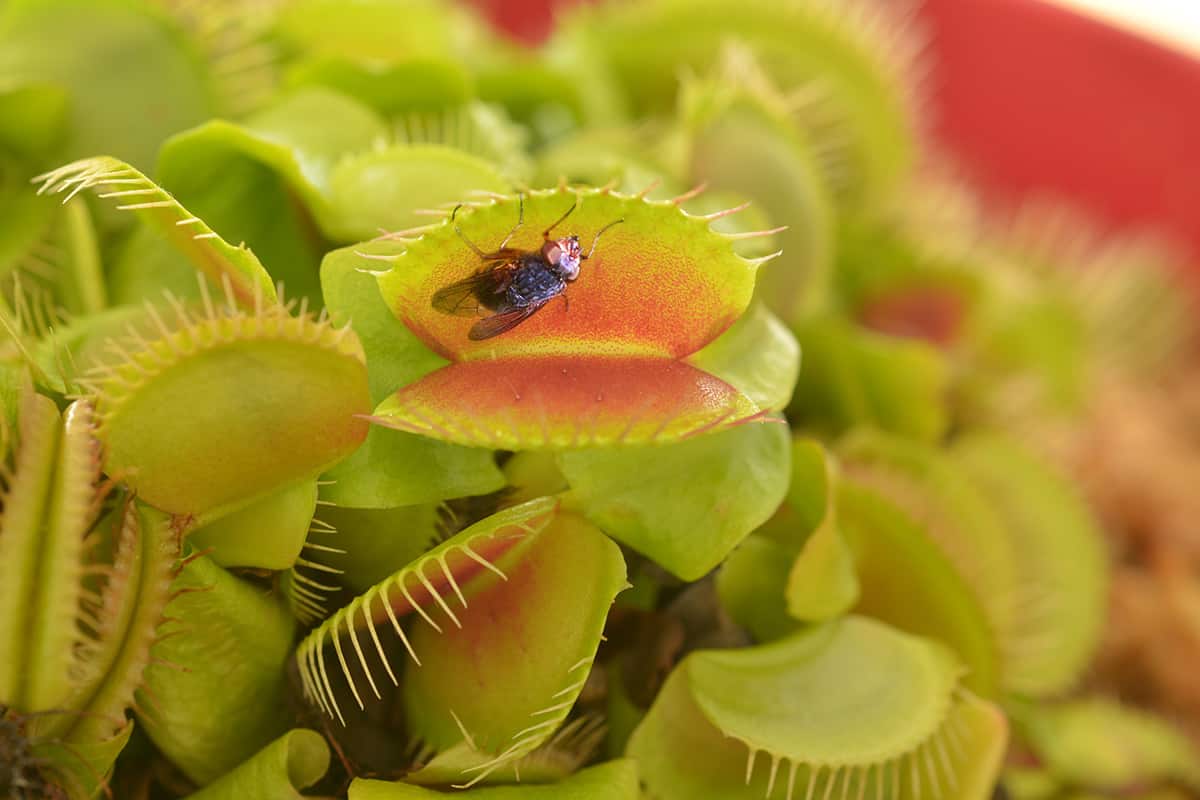Cristina Hickle, Ph.D., is a renowned plant biologist who specializes in the field of plant genetics. With a rich history of research in the area of plant breeding, she has been instrumental in the development of several innovative plant varieties.
As a plant biologist, I often get asked about the difference between plant growth and development. While these terms are often used interchangeably, they actually refer to two distinct processes in a plant's life cycle.
Let's Dive into the World of Plant Growth 🌱
Plant growth refers to an increase in physical size or mass of the plant. This can be seen in the lengthening of stems, expansion of leaves, or the thickening of trunks in trees. Growth is a quantitative and measurable aspect, often influenced by environmental factors like sunlight, water, and nutrients. If you're interested in learning more about how to ensure proper nutrient balance for optimal growth, I recommend checking out this article I wrote about plant nutrition essentials.
Impact of Environmental Factors on Plant Growth
Unraveling the Mystery of Plant Development 🌼
On the other hand, plant development is about the qualitative changes that occur over a plant's life cycle. It encompasses processes like differentiation, where cells take on specific roles; morphogenesis, shaping the plant into its specific form; and maturation, when the plant reaches its full potential. Development involves changes in the plant's structure and function, leading to stages such as germination, flowering, and fruiting.
Let's take a closer look at the stages of plant development through a timeline to better understand the qualitative changes that occur over a plant's life cycle.
This timeline gives a general idea of the stages of plant development. However, it's important to note that the exact timing can vary significantly depending on the type of plant and its specific environmental conditions.
Plant Growth vs Development: Spotting the Differences 🌳 vs 🌺
So, the main difference between growth and development lies in the nature of the changes. Growth is about size, while development is about change and progression. Both are crucial for a plant's survival and reproduction, and are interlinked in many ways. For example, a plant must grow to a certain size before it can start developing flowers.
Comparison between Plant Growth and Development
To further illustrate the differences between plant growth and development, let's take a look at the following comparison table:
| Aspect | Plant Growth | Plant Development |
|---|---|---|
| Definition | An increase in physical size or mass of the plant | Qualitative changes that occur over a plant's life cycle |
| Nature of Change | Quantitative 📏 | Qualitative 🔄 |
| Examples | Lengthening of stems, increase in leaf number | Flowering, fruiting, seed germination |
| Measurement | Can be measured using a ruler or a scale | Measured by observing changes in plant's structure or function |
| Dependent Factors | Environmental factors like light, water, and nutrients | Genetic factors and environmental cues |
As you can see, while both growth and development are integral parts of a plant's life cycle, they involve different processes and results. Understanding these differences can help us better care for our plants and optimize their growth and development.
Mastering the Art of Measuring Plant Growth and Development 📏🌿
Measuring plant growth can be as simple as using a ruler to measure the height of the plant or a scale to measure its weight. Development, however, is usually observed rather than measured, tracking the stages of the plant's life cycle. However, there are scientific methods available to measure both growth and development more accurately.
While simple tools like rulers and scales can provide basic measurements, a more detailed understanding requires a scientific approach. Here's how you can accurately measure plant growth and development:
Learn more about 🌱 Step-by-Step Guide to Measuring Plant Growth and Development 📏 or discover other Problem Plant guides.
By following these steps, you can gain a deeper understanding of your plant's growth and development. This knowledge is essential for effective plant care and cultivation.
Understanding the distinction between plant growth and development is crucial for anyone involved in plant care or cultivation. It allows us to provide the right conditions for each stage of a plant's life, leading to healthier, more productive plants. You can find more tips on creating the best conditions for plant growth in this FAQ.
Now that we've explored the concepts of plant growth and development, let's address some common questions you might have.
We hope this FAQ section has helped clarify the difference between plant growth and development. Remember, understanding these concepts is key to successful plant care and cultivation.




















